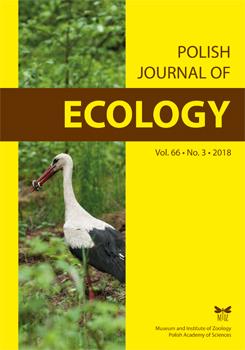The white stork
How to translate text using browser tools
1 September 2018
Foraging of White Stork Ciconia ciconia in Forests – The Heritage of an Ancient Behaviour?
Piotr Tryjanowski,
Grzegorz Grzywaczewski,
Adam Zbyryt
ACCESS THE FULL ARTICLE

Polish Journal of Ecology
Vol. 66 • No. 3
September 2018
Vol. 66 • No. 3
September 2018
Ciconia ciconia
foraging
forest
white stork




